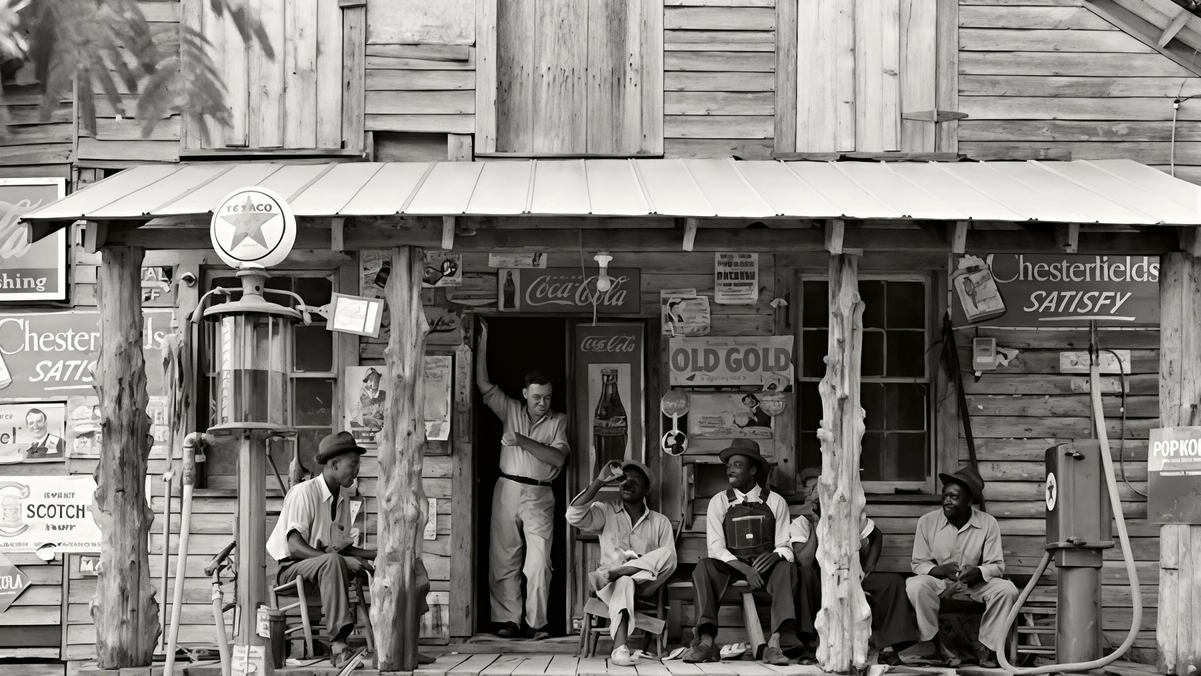Migration, Climate Crisis and War: The Other America by Dorothea Lange

May 14, 2025

One hundred and forty shots by the photographer at the Diocesan Museum stimulate a reflection that is unfortunately still relevant
Climate crisis , wars, migrations. Yesterday, as today. Dramatically. A story told through images by Dorothea Lange (Hoboken, 1895 - San Francisco, 1965), an American portraitist and photographer, of a surprising relevance that goes beyond the confines of the historical period and stimulates reflection on universal themes. The Diocesan Museum hosts her works (from May 15 to October 19) in the exhibition curated by Walter Guadagnini and Monica Poggi, in collaboration with Camera Centro italiano per la Fotografia in Turin: 140 photographs taken by Lange between the 1930s and 1940s to bear witness to a dramatic current situation in the United States. From the condition of agricultural workers, reduced to near slavery, to the segregation of the Japanese population (Americans in all respects!) following the attack on Pearl Harbor. A little-known and unedifying chapter in American history. Lange lets her point of view shine through, her closeness to these men, who were also “defeated” by the events of history. Images of the detention camps that Lange will never see published due to heavy censorship, declassified since the 2000s, fundamental testimony for the reconstruction of historical facts that still question our present. In short, a look at the America that we do not (never) know enough about.
Fundamental is the journey that our photographer undertakes in 1935 with the economist Paul S. Taylor, whom she will marry a few years later. From 1931 to 1939 she travels to the central areas of the country hit by a severe drought, she documents the phenomenon of the Dust Bowl , the repeated sandstorms also told by John Steinbeck in the novel Grapes of Wrath (1939) and in his film version of John Ford (1940), inspired by the photographs taken by Lange.
Lange joined the government program Farm Security Administration , created with the aim of promoting the policies of the New Deal, and this gave her the opportunity to travel far and wide across the United States and tell the stories and faces of poverty. From the pea plantations of California to the cotton fields of the Southern States, where racial segregation generates degrading forms of exploitation. Lange took thousands of shots, collecting stories and tales reported in the detailed captions that accompanied the works. Among the shots that would bring her most fame was Migrant Mother , the portrait of Florence Owens Thompson, a desperate 32-year-old mother with her seven children, camped out in a village of tents and abandoned cars. For years her name remained unknown, until a journalist found her in the 1960s. As did the original photo, with the photographer's thumb still visible before scratching the film negative.
© Reproduction reserved
Il Giorno





